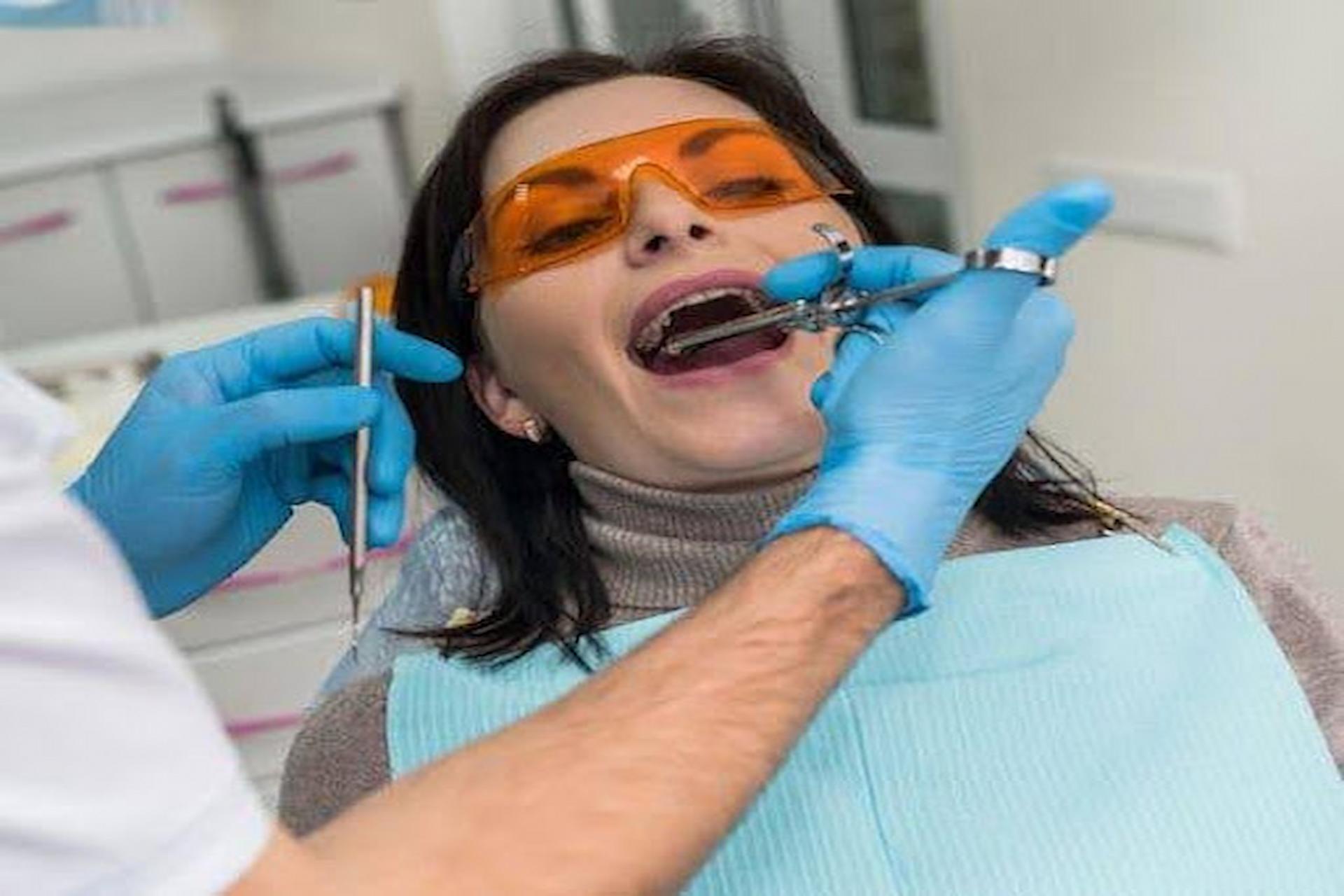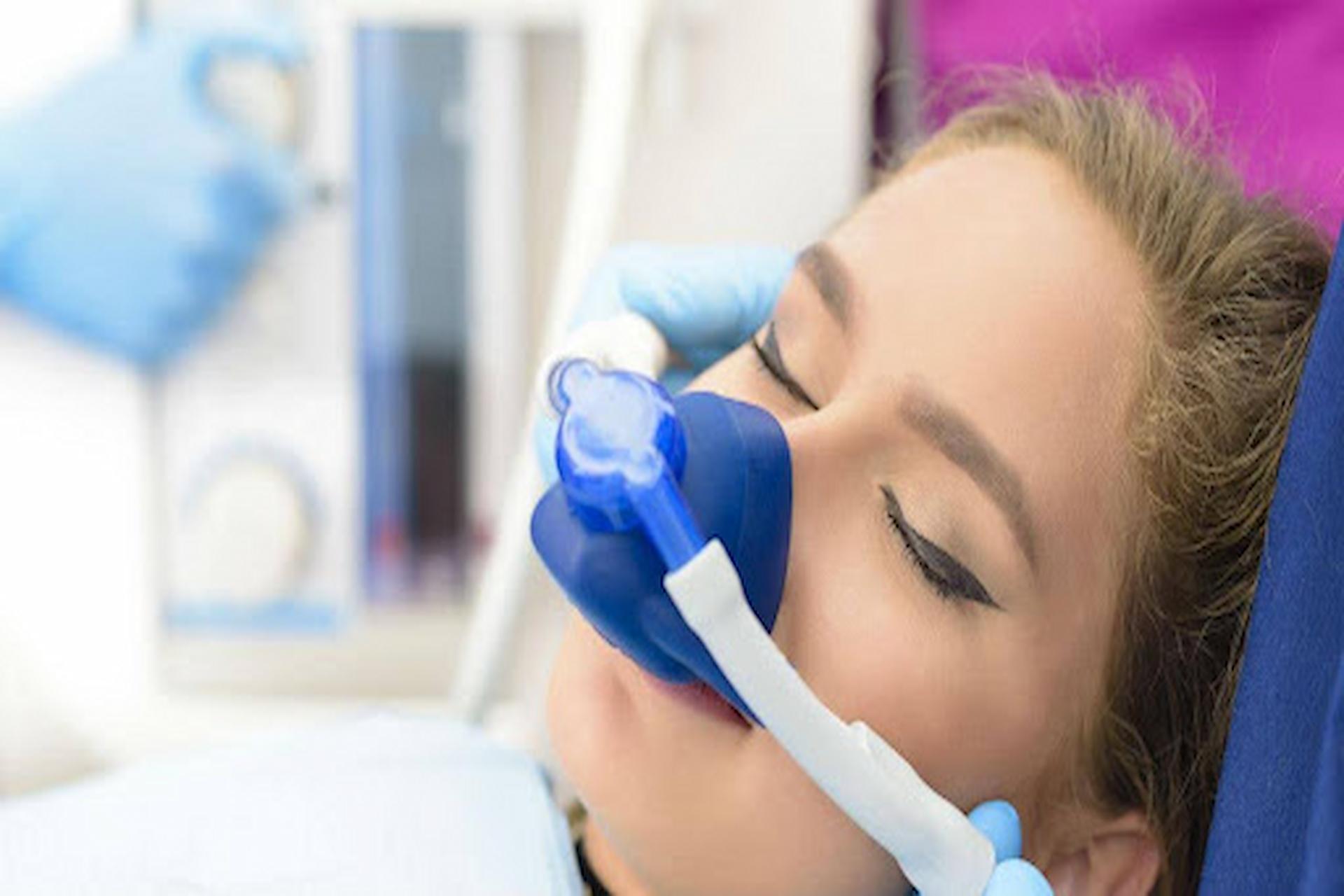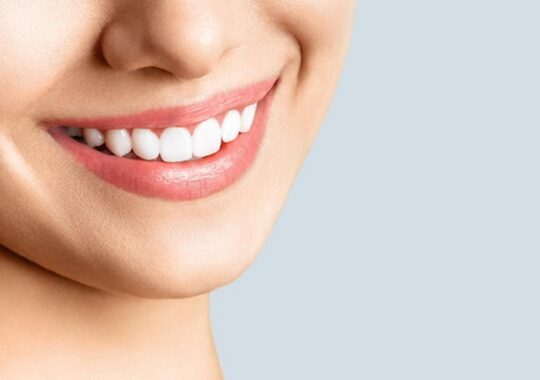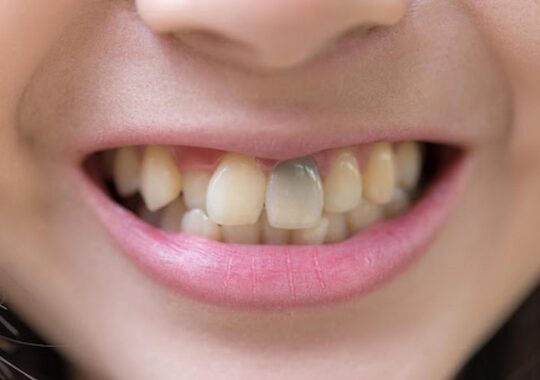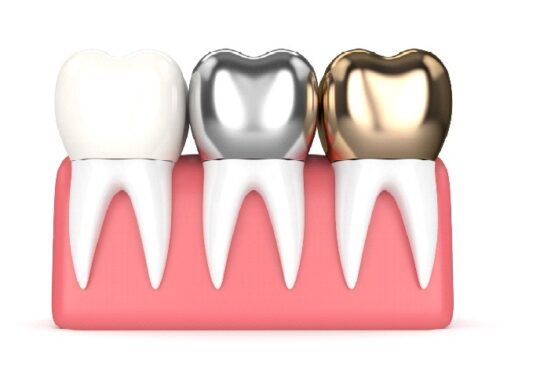Numbing Mouth Pain in Urgent Situations
Dental emergencies like a toothache, cracked tooth, or lost filling can cause sudden and intense mouth pain that requires rapid treatment. In these pressing situations, local anesthetics play a vital role in providing temporary pain relief so the dentist can thoroughly assess the problem and provide appropriate care. Local anesthetics work by blocking nerve signals, numbing the area, and offering temporary but much-needed symptomatic relief even before the dental issue can be permanently treated.
Topical and Injectable Options
According to a professional dental specialist at an emergency dental care in Richmond Hill, local anesthetic can be applied in two major ways to numb oral regions before emergency dental care. The gums around the afflicted tooth are directly treated with topical anesthetics, which are given in liquid or gel form. While the longer-acting injectable anesthetic takes time to take effect, they provide a light numbing to help ease the pain. Syringes are used to inject injectable local anesthetics, such as lidocaine or articaine, into the gum tissue next to the desired tooth. For about an hour, they offer a deeper numbness that is sufficient to carry out emergency treatment.
Impact on Diagnosis and Treatment
Local anesthetics’ numbing effect is very helpful since it enables the dentist to perform an extensive oral examination, determine the source of the patient’s pain, take X-rays when needed, and determine the best course of action without the patient feeling extremely uncomfortable. Suppose a patient presents with a suspected fractured tooth, resulting in pain and nerve exposure. In that case, the dentist can visually inspect the affected area for cracks, assess sensitivity by tapping the affected area gently, obtain an x-ray to look below the gum line, and determine whether a filling, crown, root canal, or extraction is necessary to address the problem. This can be accomplished by applying topical and injectable anesthetics.
Considerations in Medical Emergencies
While local anesthetics help enable emergency dental diagnosis and treatment, dentists must also consider the patient’s medical history before administering them. Those with heart disease, high blood pressure, thyroid issues, or other health conditions may require adjustment of anesthetic type or dosage to ensure patient safety. Maximum safe dosages over a given period must be verified and monitored. Alternatives like non-injectable options may be preferable where medically indicated. Clear communication with the patient about the numbing sensation is also important, particularly for those with mental health conditions for whom sensory perception may be altered or distressing. Optimizing analgesia while ensuring patient health is a careful balance in dental emergencies involving local anesthetics.
In essence, local anesthetics provide a basic yet crucial component of emergency dental care, providing quick and transient alleviation of oral discomfort to enable prompt evaluation and therapy until subsequent operations may permanently restore structure and functionality. They assist in converting traumatic, painful dental emergencies into easily handled, bearable experiences when paired with the dentist’s experience and the proper medical attention.
New Delivery Methods Advance Emergency Dental Anesthesia
Modern techniques for administering local anesthetics include the use of gels and anesthetic dental cement for direct pulp capping in emergency dentistry scenarios, in addition to their conventional injectable and topical versions. The numbing compounds can be given gradually at the tooth location where they are needed, thanks to these improved delivery modalities. When conventional shots are either impractical or not desired, these more limited and durable anesthetic alternatives keep providing momentary pain relief in emergency dental diagnostic and treatment.

